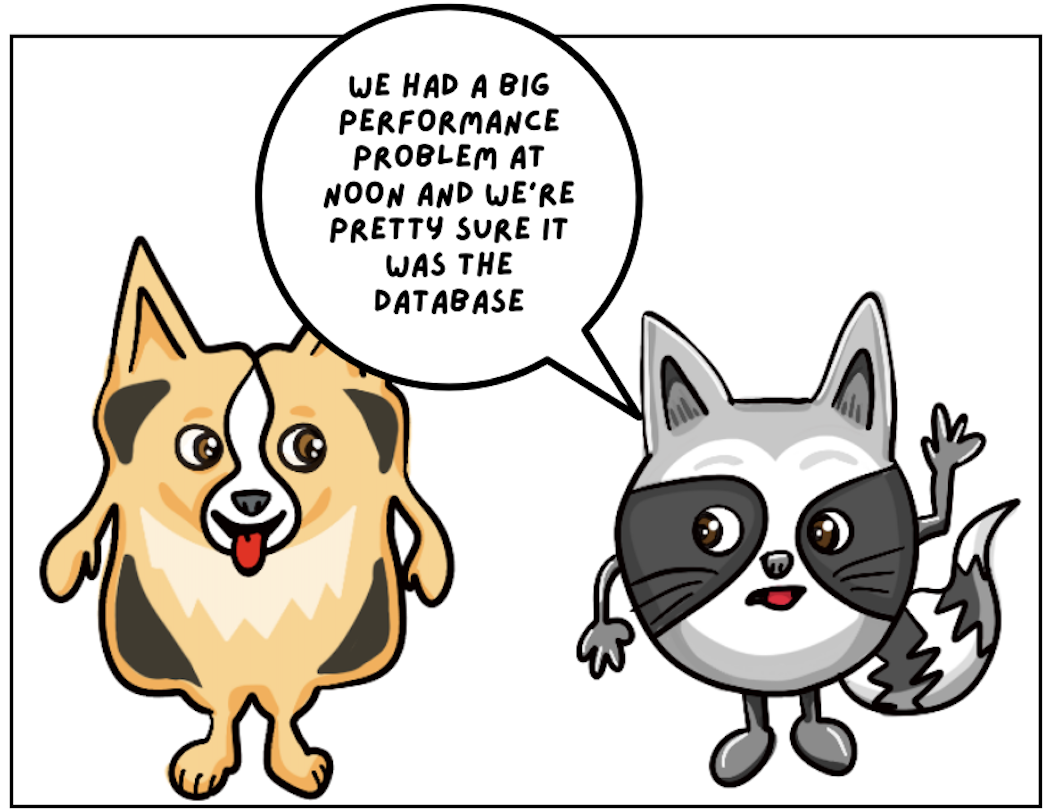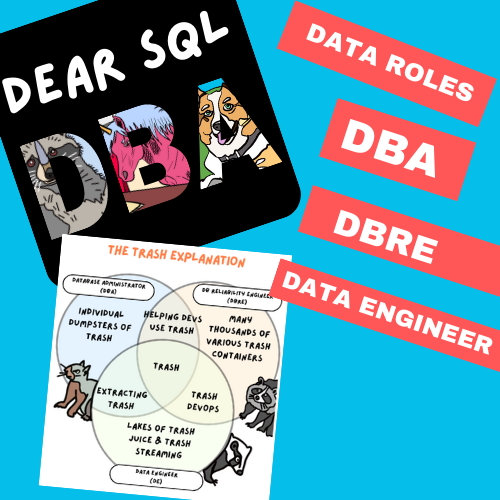Erik Darling and Kendra Little Talk AI, Databases, and SQL Server 2025
Erik Darling joins me on the Dear SQL DBA Podcast to chat about AI tools, why they work better for Python and PowerShell than SQL, and what’s exciting (and what’s not) in SQL Server 2025.
Along the way we describe the ONE THING we always want to configure in Resource Governor, why at least one SQL Server 2025 feature should be backported to 2022, and whether the universe is text files all the way down.






